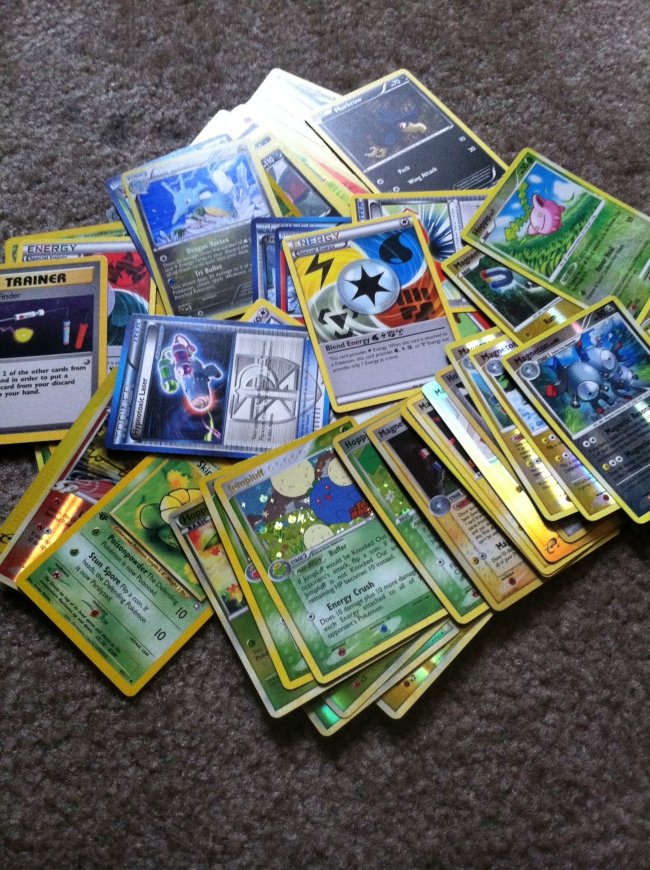Jumping right into it, here’s a breakdown of the Pokecube and some info as well:
Cube Information
- Total Cards: 366
- Players Supported: 6
- Format: Draft (4 packs of 12, 1 pack of 13*), Sealed, Rotisserie
- Draft Decks: 50 Cards, 5 Prizes, Sealed Decks: 40 Cards, 4 Prizes
- Rules: Singleton, No ex/EX Pokemon, No ACE SPEC Trainers
So that’s everything in a nutshell. The PC is based around Travvy the Renewer’s idea of drafting Pokemon lines (i.e. I’m going to draft Blastoise) and building decks from that. Each Energy type has 1-2 main lines as well as a set of Basics and Eeveelutions to help fill out decks and synergize with specific archtypes. The rest of the Cube is filled with powerful Trainers spanning from Base Set to XY and will continue to update as sets are released.
4/12, 1/13
The draft style is made with the intention of drafting the entire Cube among 6 players, although you can always draft with less. I keep the 6 most recently added Trainers in ‘flex slots’ and seed 1 of them into the last pack for each player. You don’t need to do this, of course, but I find it useful in quickly judging how well newer cards are doing. For Sealed format, simply shuffle up the Cube and deal 90 cards to each player.
50/5, 40/4
Normal Pokemon games are played with 60 cards and decks and 6 prizes, however, this proves to be difficult to replicate in limited play. These numbers currently hit the sweet spot for creating consistently strong decks while managing to end games before decking (Losing due to not being able to draw a card) occurs.
Singleton
A Cube wouldn’t be very interesting if all you did was throw in multiples copies of all of the most powerful cards. Instead, we add in no more than one of each which makes deck building and discovering synergy that much more fun. Since Pokemon require other specific cards to evolve, this is solved by adding in several different copies of each Pokemon (Like 6 different Pikachu). The caveat to this is that reprint under different names (Gust of Wind/Pokemon Catcher) are allowed because they’re technically different cards. Plus, they’re usually obscenely good and multiple decks will want to draft them.
No ex/EX or ACE SPEC
This is one of those rules that’s up the air right now. The idea is that ex/EX Pokemon become very centralizing, making decks that manage to open them in drafts much stronger than those that don’t. Pokemon is already an extremely luck based game and I’m not looking to further that. Also, in games where you only have 5 or 4 prizes, knocking out an ex/EX can end a game prematurely.
ACE SPEC cards are a bit different in that they create restrictions I don’t necessarily enjoy. People Cube because they want to be able to play all of the best cards and not being able to play one card because you have another in your deck is counter-intuitive to that.
Cube List
Right now you can check out a text version of the list here. Feel free to comment on what you like or dislike, I’m always up for new ideas. My next goal will be to set up a visual spoiler since pictures are way more fun to look at than words. For now, enjoy and happy Cubing!
